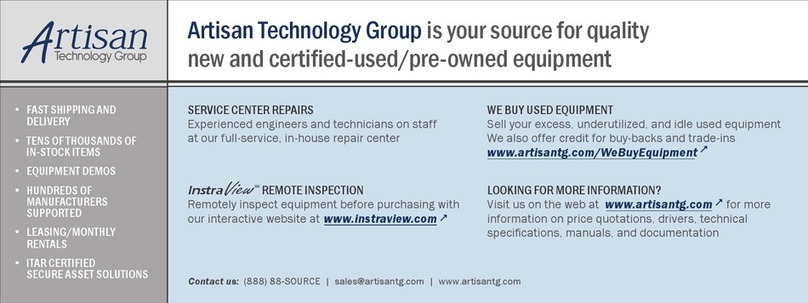Residual hazards of the product
• Even in case of proper use, should a fault occur, it is possible that
control of currents, voltages and power is no longer performed in the
load circuit by the Thyristor switch.
In case of destruction of the power components (e.g break-down or
high resistance), the following situations are possible: power interrup-
tion, half-wave operation, continuous power flow. If such a situation
occurs, then load voltages and currents are produced from the phy-
sical dimensions of the overall power circuit. It must be ensured by
system design that no uncontrolled large currents, voltages or power
occur.
Maloperation and its results
• With maloperation it is possible that power, voltage or flow levels
which are higher than planned reach the Thyristor switch or load.
On principle, this can lead to the Thyristor switch or load being da-
magad.
Transport
• Thyristor switches are only to be transported in their original
packaging (protection against damage e.g. due to jolting, knocking,
soiling).
Installation
• If the Thyristor switch is brought into the operation room from a cold
environment, moisture can occur. Prior to it being commissioned,
the Thyristor switch must be absolutely dry. Therefore, wait for a
minimum of two hours before commissioning.
Connection
• Prior to connection, it must be ensured that the voltage information
on the type plate corresponds with the mains voltage.
• The electrical connection is carried out at the designated points with
the required cross section and the appropriate screw cross sec-
tions.
Operation
• The Thyristor switch may only be connected to the mains voltage if it
has been ensured that any hazard to people and system, especially
in the load section, has been eliminated.
• Protect the device from dust and moisture
• Do not block vents.
Maintenance, service, malfunctions
CAUTION
For maintenance and repair work the Thyristor switch
must be disconnected from all external voltage sources
and protected against restarting. Make sure to wait mini-
mum 1 minute after switch-off (discharge time of the at-
tenuation capacitors). The voltage-free state is to be de-
termined by means of suitable measuring instruments.
This work is only to be carried out by a skilled electrician.
The electrical regulations which are locally valid are to
be adhered to.
CAUTION
The Thyristor switch contains dangerous voltages. Repairs
may only be carried out by qualified and trained mainte-
nance personnel.
CAUTION
Danger of electric shock. Even after disconnection from
the mains voltage, capacitators may still contain a dan-
gerously high power level.
CAUTION
Danger of electric shocks. Even when the Thyristor switch
is not triggered, the load circuit is not disconnected from
the mains.
ATTENTION
Different components in the power section are scre-
wed into place using exact torques. For safety reasons,
power component repairs must be performed by AEG
Power Solutions GmbH.




























